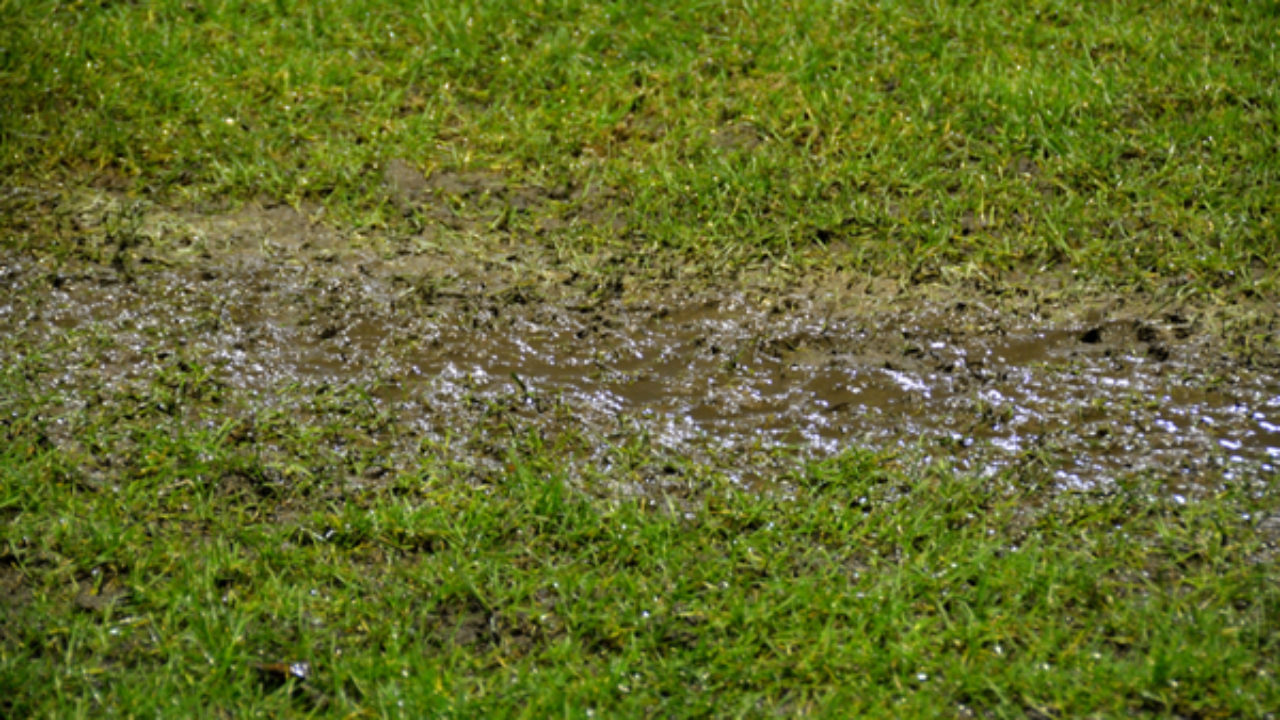6 Ways to Find Concealed Water Leaks in Your House
6 Ways to Find Concealed Water Leaks in Your House
Blog Article
Almost everyone is bound to have their private conception on the subject of Finding hidden leaks.

Early detection of leaking water lines can minimize a potential disaster. Some little water leaks may not be visible.
1. Check Out the Water Meter
Every residence has a water meter. Examining it is a proven way that helps you discover leaks. For starters, switch off all the water sources. Guarantee no person will purge, use the tap, shower, run the washing maker or dishwasher. From there, go to the meter and also watch if it will certainly change. Given that no one is using it, there need to be no movements. That suggests a fast-moving leakage if it moves. If you detect no modifications, wait a hr or two and also inspect back again. This indicates you may have a slow leakage that could also be underground.
2. Inspect Water Intake
If you detect unexpected changes, despite your intake being the same, it suggests that you have leakages in your plumbing system. An unexpected spike in your bill indicates a fast-moving leak.
Meanwhile, a consistent rise every month, despite the exact same habits, reveals you have a slow leak that's also gradually escalating. Call a plumber to completely examine your property, particularly if you really feel a cozy area on your floor with piping beneath.
3. Do a Food Coloring Examination
30% comes from toilets when it comes to water usage. Test to see if they are running appropriately. Decline flecks of food shade in the storage tank as well as wait 10 mins. There's a leakage in between the storage tank as well as bowl if the shade in some way infiltrates your bowl during that time without flushing.
4. Asses Outside Lines
Do not forget to inspect your outside water lines also. Examination spigots by attaching a yard hose. Ought to water leak out of the connection, you have a loose rubber gasket. Replace this as well as make sure all links are limited. It will aid obtain it skillfully took a look at as well as maintained annually if you have actually obtained a sprinkler system. One tiny leakage can lose lots of water as well as increase your water costs.
5. Assess the scenario as well as inspect
Homeowners need to make it a routine to examine under the sink counters as well as also inside cupboards for any bad odor or mold and mildew growth. These 2 red flags suggest a leakage so prompt focus is required. Doing regular inspections, also bi-annually, can conserve you from a significant trouble.
Examine for discolorations as well as weakening as a lot of pipelines and devices have a life expectancy. If you think dripping water lines in your plumbing system, do not wait for it to escalate.
Early detection of dripping water lines can reduce a prospective calamity. Some tiny water leaks may not be visible. Inspecting it is a proven means that helps you discover leaks. One tiny leak can squander heaps of water and also spike your water bill.
If you think leaking water lines in your plumbing system, don't wait for it to escalate.
How to Know If Your Home Has a Hidden Leak
Water Meter Reveals Inexplicable Water Usage
If you’d like to test whether or not there’s a leak somewhere in your home, you can do this using your water meter. Here is how to conduct the test:
Don’t use any water in your home for at least 30 minutes; this also means not turning on faucets or water-using appliances.
Go outside, and check your water meter for activity.
If your water meter shows that there was activity, even though no one was using any water, this proves that there is a leak in your home.Visible Mold or Mildew Growth
Leaks behind walls create moist, dark environments that allow mold and mildew to grow and thrive. Eventually, you might see mold growth forming on the wall closest to a hidden leak.
If mold is growing in an area that receives a high amount of moisture, such as a bathroom, it may simply be an indication that better ventilation is needed. However, if you see mold growth on a wall or the ceiling in an area where you would not expect, you probably have a hidden leak.
Musty, Mildew Odor
Sometimes you might not be able to see the mold or mildew that is growing as a result of a leak. However, the smell can give the problem away just as easily. If you catch a whiff of something musty, there’s a good chance that old water is collecting somewhere in your home that you can’t see.
Stained/Warped Walls, Ceilings, or Floors
When your home soaks up water, a variety of red flags can become visible, including ceiling stains, bubbling drywall, warped walls, and sagging floors. While these issues can be caused by excess humidity, they can also be signs that a pipe or plumbing connection has started leaking behind your walls.
Inexplicably High Water Bill
After a while, you get a general sense for what your water bill should be. If you own a pool or sprinkler system, your bill will tend to be higher during summer. However, if you receive a water bill that seems especially high, and you can’t figure out what caused it, then you may have a hidden leak somewhere that’s increasing your bill.
https://www.plumbingjoint.com/blog/2019/july/how-to-know-if-your-home-has-a-hidden-leak/

I have been very fascinated by Leaking water lines and I am praying you enjoyed reading the new blog post. Sharing is nice. Helping others is fun. We value reading our article about Locating water leaks.
Report this page